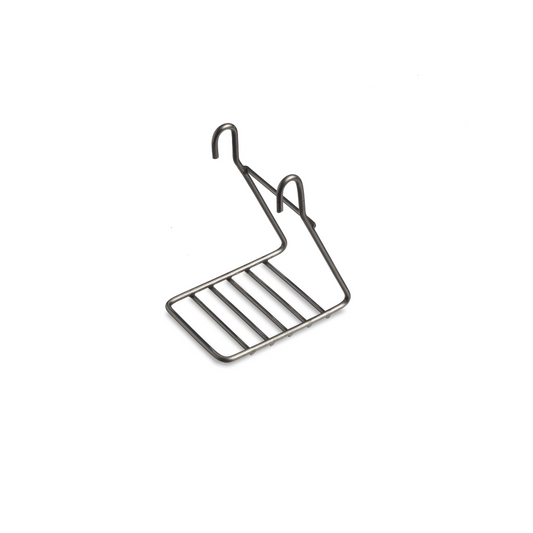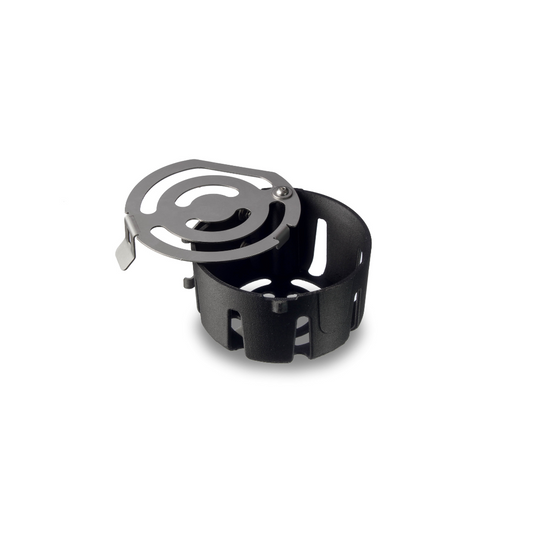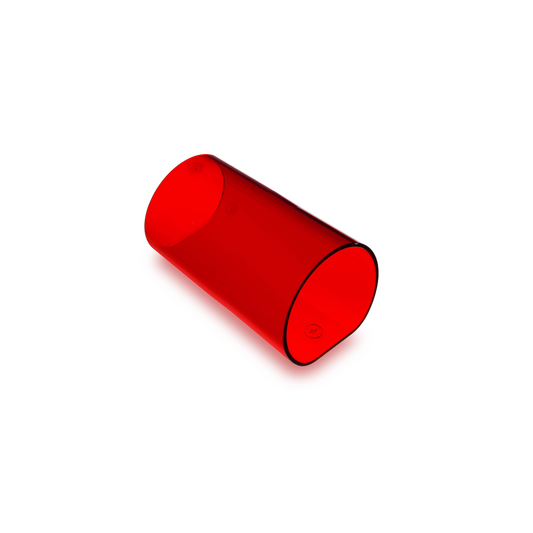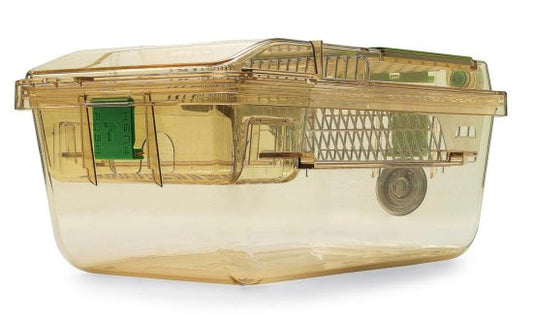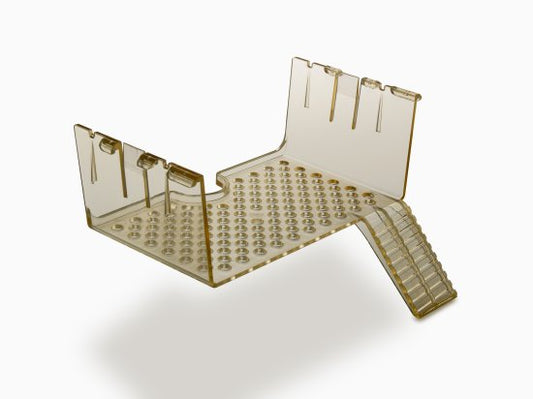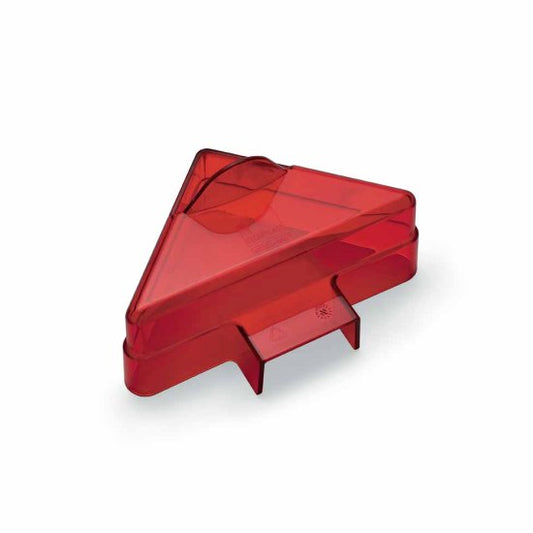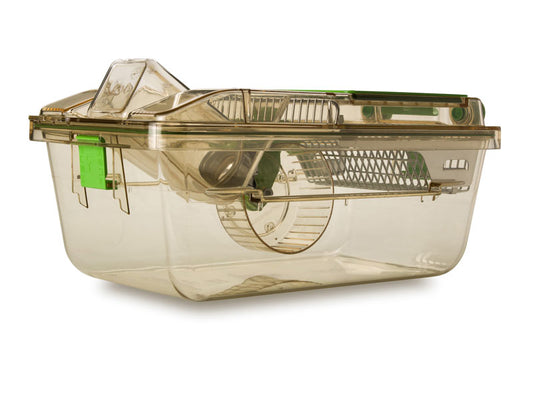Interceptor Airborne Pathogen Monitoring System
The Tecniplast Interceptor is an advanced, non-invasive environmental monitoring solution that revolutionizes health surveillance in rodent facilities. Installed directly in the IVC rack's air handling unit, the Interceptor continuously collects airborne particles from exhaust air, allowing for rapid and highly sensitive pathogen detection using PCR—without the need for sentinel animals. This patented system improves detection speed, supports the 3Rs by eliminating live sentinels, and significantly reduces labor and testing costs. Easy to install and validated across leading research institutions, the Interceptor offers a more ethical, efficient, and reliable approach to colony health monitoring.
Couldn't load pickup availability








- Features
- Specifications
- Download
- Video
Features
-
Sentinel-Free Monitoring - Collects microbiologic material from the rack exhaust plenum, allowing you to assess colony health without housing additional animals.
-
Simple Installation - Installs directly in the exhaust airflow path of Tecniplast IVC racks in the AHU or Hosing Connector — no modifications required. Easily deployed across multiple racks or rooms.
-
Validated and Reliable - Proven effective in multiple independent studies and installations. Supports PCR, microbiologic culture, and molecular testing.
-
Ethical and Efficient - Reduces animal use in compliance with 3Rs principles (Replacement, Reduction, Refinement) and streamlines colony health monitoring.
-
Sterile and Secure - Delivered individually irradiated and sealed. Compatible with routine biosecurity protocols and SOPs.
| Category | Specification |
|---|---|
| Product Type | Passive microbiologic air sampling device for IVC rack exhaust airflow |
| Installation Location | AHU or exhaust plenum of Tecniplast IVC racks |
| Sampling Method | Passive capture of airborne particulates including dust dander and pathogens |
| Exposure Duration | 4–6 weeks recommended for optimal sample collection |
| Animal Use Reduction | Supports complete replacement or reduction of sentinel animals |
| Sterilization | Gamma-irradiated and individually packaged for sterility |
| Material | Biocompatible plastic housing with integrated filter media |
Brochure
Housing Brochure

How Does The Interceptor Work?
The Interceptor is placed in the vertical exhaust plenum of a Tecniplast IVC rack, where it passively captures airborne particulates — including dust, dander, and potential pathogens — expelled from all cages on the rack. Over a recommended exposure period of 4 to 6 weeks, it collects enough biological material to allow diagnostic labs to assess colony health using PCR or microbial culture methods. This enables reliable, rack-wide microbiologic surveillance without using sentinel animals.
Why Choose The Interceptor?
Facilities should use the Interceptor to modernize and streamline their microbiologic health monitoring programs. It eliminates the need for sentinel animals, reducing costs, labor, and ethical concerns while still providing reliable, rack-wide surveillance. With simple installation, proven effectiveness, and compatibility with existing diagnostic workflows, the Interceptor offers a smarter, more humane solution that aligns with institutional goals for efficiency, compliance, and refinement of animal use.

Featured Products
-
Mouse Swing and Mouse Lounge
The Mouse Swing and Mouse Lounge are innovative suspended enrichment tools that enhance cage complexity and support diverse behavioral needs....
-
Mouse Tecnitunnel
The Mouse Tecnitunnel is a versatile enrichment accessory designed to enhance mouse welfare by creating a stimulating, three-dimensional cage environment....
-
Mouse Lofts and Pouch Holders
Mouse lofts and pouch holders are dual purpose in cage enrichment or watering devices. These can be used...
-
Mouse Mezzanines
Mouse mezzanines and balconies offer an effective, space-efficient way to enrich the cage environment by adding vertical complexity....
-
Mouse House
The Tecniplast Mouse House provides essential enrichment by supporting natural behaviors such as burrowing, hiding, and nesting. Designed with...
-
Running Wheels
The Tecniplast Running Wheel offers an engaging form of enrichment that supports the natural activity levels of...










